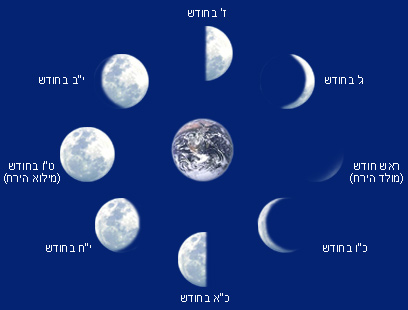Some specialists feel that Chinese astronomy may extend as far straight back as 5000 BC. Recent researches to the Pyramids and Sphinx of Giza suggest that statement of incredible figures could have a lot more remote origins. There is astonishing new evidence that the key Giza monuments kind an exact terrestrial “place” of the three stars of Orion’s strip as these constellations seemed in 10,500 BC.
Much later, following the death of Alexander The Great, astrology begun to effect Greek life, as Greeks and Orientals mingled in the kingdoms of the Seleucids and Ptolemy. It turned an significantly essential part of Greek and Roman life. The Stoic philosophers secularized this historical art: Hippocrates, the “father of medicine” shown astrology to his students so that they could determine the important times in an infection; and the poet Hesiod, who lived in the 8th century BC, wrote in his long poem “Works and Times” that the jobs of the planets and stars must be utilized to anticipate propitious situations of which to start things. Astrology achieved their zenith in imperial situations, was utilized by people of every cultural strata, and in reality, was a part of almost every part of old culture.
About the next century A. D. Ptolemy, a Greek scientist, wrote a colossal work with astrology, which will be split into two parts: The Almagest and The Tetrabiblos: The Almagest deals with the action of the Sun, Moon, and planets; the Tetrabiblos with the interpretation of the activities as they affect man and human events. These books are possibly the most complete published documents of historical astronomy and astrology that have remained to us, and are a collection of works from prior centuries.
The custom of Greek, Arabic and Medieval astrology that has been inseparable from the parallel convention of alchemy, thought that Man responds to specific indefinable energies or vibrations of the Sun, Moon and planets, and phrases however used today to establish various individual traits, such as for instance mercurial, saturnine, lunatic, venereal, jovial, martial, came from the astrological-alchemical schools of the 13th to the 17th generations, outstanding a tribute to the work of these times.
Astrology for generations was used by kings, emperors, popes, scientists, medical practioners, the bourgeoisie and poor people likewise, and as well as astronomy was shown in the colleges and universities of the world. But, as with most things, it absolutely was meant to achieve an period in the affairs of guys, and toward the shut of the sixteenth century in Europe, astrology was dropping surface; although in Britain it extended to blossom through most of the 17th century.
The causes for the decline in astrology are varied. A fresh medical era was dawning and with it an excessive need for complex explanation-everything not scientifically provable or rationally explicable was rejected, including astrology. The large distance of the planets between each other was found, and persons began to state that these ranges were too ideal for any influences to reach earth. Also, the conclusion that the sun, and not the earth, was at the biggest market of the solar system somehow included with the devaluation of astrology-even however Sir Isaac Newton, and the others, pointed out that astrology is approximately the partnership between planets, and could thus be legitimate whichever beautiful body was at the center of the system אסטרולוגיה.
To enhance all of this, an raising amount of “quacks” seemed out to create fast income, mingling with the true astrologers, that could not have served matters-and whilst it is true that there have always been expert astrologers and their clients-in Europe and in America, astrology for a lengthy period seemed to sit inactive, and was used for little more compared to book of Almanacs for predicting the weather.
It had been the late nineteenth and early twentieth ages that started the current revival of interest in Astrology. A lot of this really is owed to the fantastic Swiss psychoanalyst Carl Gustave Jung, who used astrology in his reports and wrote on the subject thoroughly, awakening at once the fascination of different scientists.
